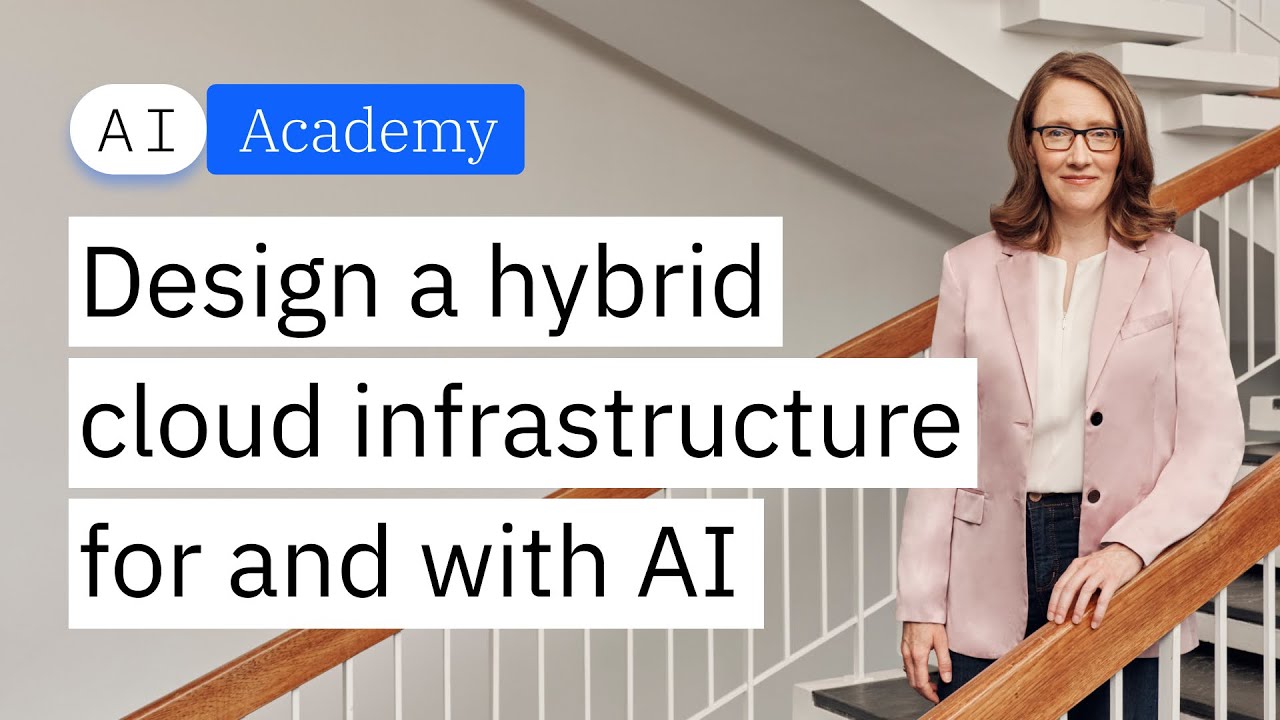In the video, Hillery Hunter, CTO of IBM Infrastructure, emphasizes the importance of integrating legacy systems into a hybrid cloud architecture to enhance AI strategies by leveraging valuable historical and real-time data. He advocates for a hybrid-cloud-by-design approach that minimizes data movement, improves efficiency, and encourages organizations to utilize their existing IT resources to drive innovation and value in AI implementation.
In the video, Hillery Hunter, CTO of IBM Infrastructure, discusses the importance of integrating legacy technology into a hybrid cloud architecture to enhance AI strategies. Contrary to the common perception of legacy systems as outdated, Hunter emphasizes that these existing technologies hold valuable data, which is crucial for effective AI implementation. By breaking down data silos and creating a cohesive IT environment, organizations can leverage their historical and real-time data to maximize AI’s potential.
Using a road trip analogy, Hunter illustrates the challenges of navigating without complete information, likening it to the difficulties faced when data and systems are not integrated. He argues that without a modernized approach to legacy IT, businesses risk losing opportunities and efficiency, as they struggle to utilize their data effectively. Instead of viewing legacy systems as hindrances, organizations should consider them as foundational elements that can support their AI journey.
Hunter advocates for an intentional hybrid cloud architecture that allows AI to operate where data and applications already reside, minimizing data movement and associated costs. This approach not only enhances data governance but also improves latency and cost efficiency, enabling businesses to make better decisions based on comprehensive insights. By avoiding the constant transfer of data to where AI is located, organizations can streamline their operations and focus on achieving their desired outcomes.
The video outlines four key considerations for implementing a successful hybrid cloud infrastructure: ensuring system stability, adopting modern operational techniques, providing seamless data access, and optimizing end-to-end deployment. Hunter stresses the importance of elasticity, resiliency, and security in systems to support AI applications. Additionally, modern practices like DevOps and automated workload optimization can significantly reduce costs and improve the efficiency of AI deployment.
Finally, Hunter encourages technology leaders to embrace the potential of AI within their existing systems rather than feeling pressured to overhaul everything. By leveraging hybrid cloud capabilities and tailored AI models, organizations can drive substantial value and innovation. The video concludes with a call to action for businesses to adopt a hybrid-cloud-by-design architecture, emphasizing that the journey towards effective AI integration begins with maximizing current IT resources and capabilities.
